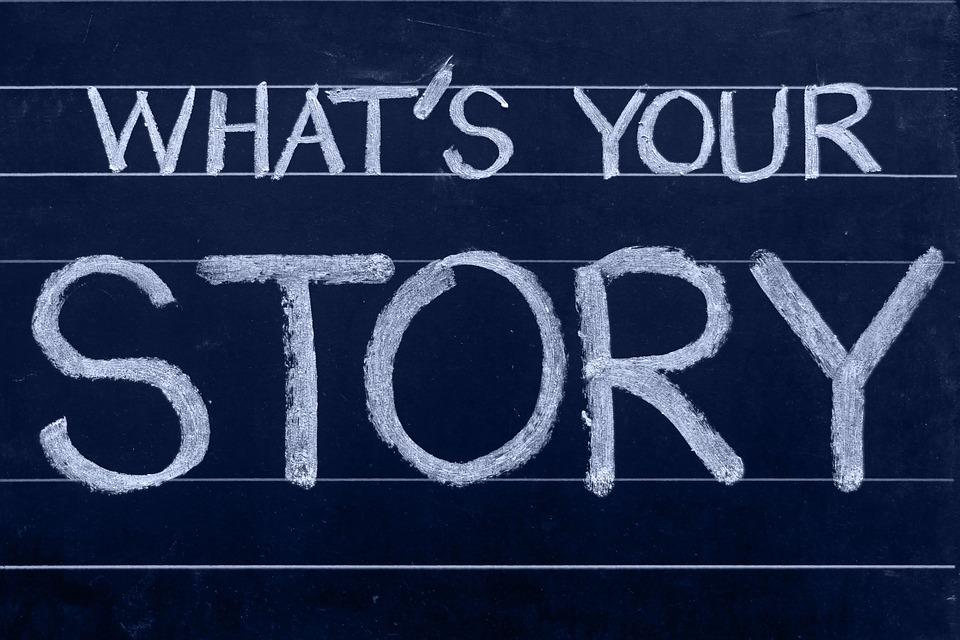What—and Who—Describes You?
I recently went to my 45th high school reunion. Wow, time flies! It was a fun weekend and a good time to reconnect with old friends. I find that if you connected with someone in the past, you will likely be able to connect again. We jumped into the conversation with ease and reminisced about the past.
Looking Back at Ourselves
I find it interesting to have others tell us what we were like in the past. My old view of myself was in startling contrast to how others viewed me. I saw myself as somewhat shy; my best friend was the outgoing, popular one, and I was the sidekick. Yet, I was given feedback at the reunion that I was a go-getter, an achiever, and someone people were drawn to.
I am always telling clients to look at “the data” to support their beliefs. And my old friends pointed out “the data” for me.
- I was president of the school.
- I was voted into the all-boys athletic club.
- I was in school plays.
- I captained athletic teams.
- I was smart.
- By one classmate’s account, I was “the nice one in the mean-girls group.”
So, how was I so wrong about my own views of myself? How did I not see what others saw?
The Influence of Others’ Labels
We are all colored by others’ influence, especially our parents. We are born without any opinions or views of ourselves. We just are. As we grow, adults start to assign us labels—shy, active, mischievous, smart, temperamental, worrywart, pretty, etc. If the labels are repeated enough, we start to believe and incorporate them into our core beliefs.
Our adult task is to sift through those core beliefs about ourselves and decide which to keep and which to discard. We can make ourselves who we want to be. There are a few inherent traits that can’t be relearned, taught, or changed.
For example, take the concept of shyness.
A client asked me the other day whether I found her intimidating because several people had recently told her she was. Her comment to me was bewildered. “But I am shy. How can I be intimidating?”
When we look at this individual’s history, we uncover abuse by others, including both adults and peers, from when she was very young. Her mother was unaware of this abuse, so she saw her as shy. She was told she was a shy person and came to believe this about herself.
However, given her history and beliefs, she was wary and kept her distance around others, assessing them for safety. Her core belief formed in childhood about others is that “people will hurt you,” so you must be hypervigilant around others. As an adult, that looks intimidating because she reveals little about herself, and she is evaluating others for possible threats.
Her adult task is to help her inner child know that she is safe now. The adult version of herself will not allow abuse anymore. She does not need to be as hypervigilant as she once was as a child. She can be more open and invite others in. She can give up the “shy” label. It will take practice to engage with others more openly, but this is a skill that can be learned.
List Your Labels
I met with a client and asked her what words she would use to describe herself. She said, “messy, disorganized, sloppy.” I visited her in her home and looked around. Her house was spotless. She was well organized; for example, she had family events listed on a calendar to remind her when they were. She had family church lessons organized in notebooks.
I pointed out “the data” that did not support her beliefs. She said, “But I have to do those things, or I would not be organized, my house would be a mess, and I would be sloppy!” I said, “But you are NOT those things!”
I then asked her what image popped into her head when I said, “You are messy, disorganized, and sloppy.” Without hesitation, she answered, “My mother, standing in the doorway of my bedroom when I was a teenager.”
We were able to work through giving up these beliefs about herself and allowing herself to be the person she wanted to be.
So, give this a try—make a list of the words you would use to describe yourself. Then make a list of what you wish you were or what you want to be. And then look at the data and see what fits.
You can also ask friends or family members what you were like as a child. See how their recollections match up with your memories. Start to work on believing you can be who you want to be!


